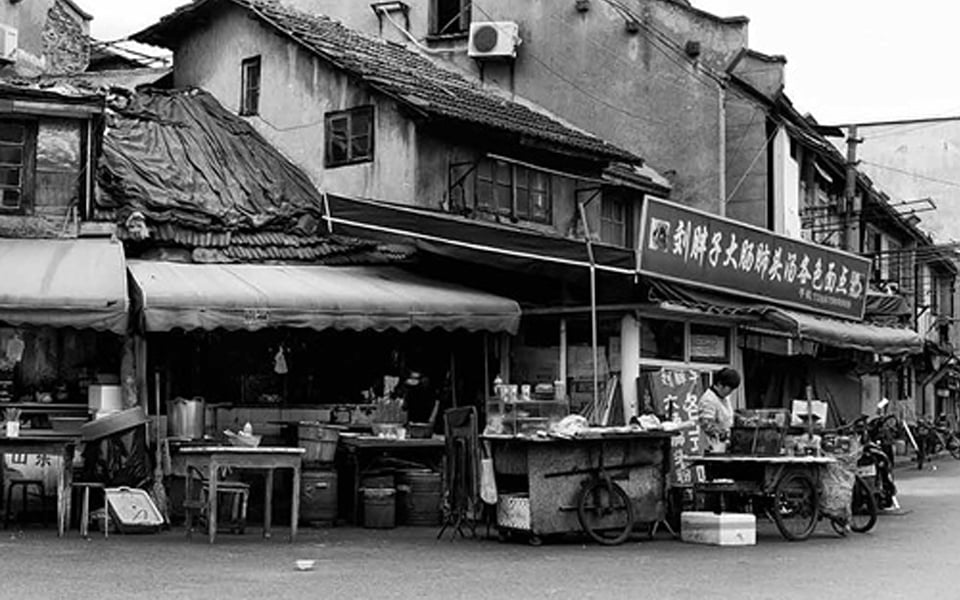The roots of street food can take us way back into history. It is believed that as the first distribution point of street food, small fried fish were sold on the streets in ancient Greece. Street food was widely consumed by poor urban residents of ancient Rome whose tenement homes did not have ovens or hearths. In ancient China, where street foods generally catered to the poor, wealthy residents would send servants to buy street foods and bring meals back for their masters to eat in their homes. Urbanisation and street food go hand in hand. Historically, in places such as ancient Rome, street food was purchased because urban poor did not have kitchens in their homes. Across the globe, street food, sometimes also synonymous with fast food, has become an important part of daily life as local population increasingly struggle to keep pace with their hectic lifestyles. The street vendors offer hotfresh, lip smacking snacks which are very filling and absolute value for money. Take-out food, junk food, snacks, and fast food are synonymous with street food and all of these can be purchased on the foot path without entering any building. These foods are popular mainly because they are easily available, and that too at half the price or less of any restaurant food. It is of particular cultural importance to India, where this forms the means of livelihood for many pushcart vendors, dhaba owners and their families. This street food culture also ensures that the connection with India’s rich cultural heritage is retained, with influences ranging from the Mughal dynasty to the British Empire. According to an estimate of the Food and Agriculture Organisation, which was released in 2012, over 2.5 billion people eat street food in India every day. The National Street Food Festival, which is an annual event organised in Delhi by the National Association of Street Food Vendors of India is a platform where street food from all the states of the country is showcased. This is a platform which showcases the cultural diversity of the country in the culinary space – specially catering to street food.
Today, while some street foods are regional, many are not, having spread beyond their region of origin. A lot of people, who have not been exposed to the street food culture, shy away from it thinking it is unhealthy and unhygienic. However, one would be surprised to note, that despite concerns about contamination at street food vendors, the incidence of such is low with multiple studies showing rates comparable to restaurants.
A well-known Australian Culinary Historian and author of the recently released ;The Penguin Food Guide to India Charmaine ; Brien, who was on a culinary tour to India, observed that the small regional food vendors or hawkers across India mostly sold freshly cooked meals using fresh ingredients. While elaborating on Indian food cuisine and culture, O'Brien said Indian regional food was most complex and offered a diverse cuisine unlike known to outside world. “Indian food is laden with history, culture, religion, economic conditions as well as weather,” she said. Even trade affected the development of Indian cuisines, she said adding 'In Madurai, the Chettinad cuisine has expensive spices like fennel, coriander, clove, cinnamon which reflected that people were wealthy and trade happened.
By Chef Davinder Kumar,
Vice President – F&B Production,
Le Meridien – New Delhi and
President,
Indian Culinary Forum
Source : Incredible Chef Magazine / India




